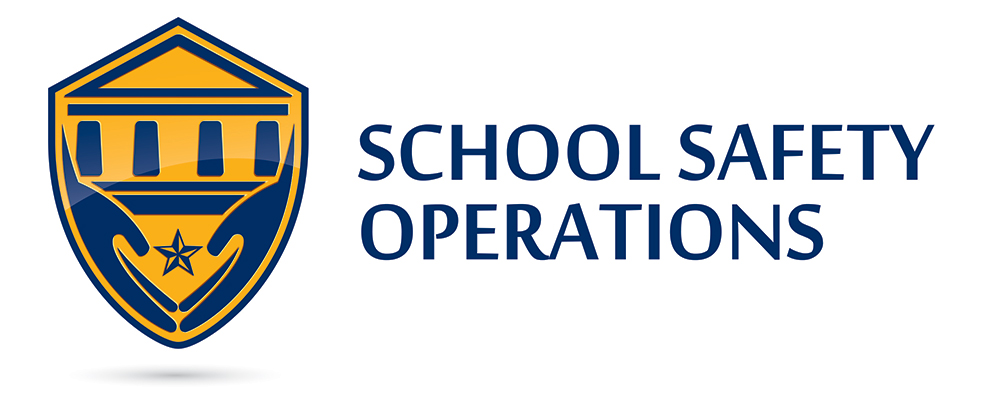
In today’s ever-evolving world, ensuring the safety and security of students and staff is paramount for educational institutions. School emergency management plans are essential tools for preparing, responding, and recovering from various emergencies. As we move into 2024, the importance of having comprehensive, well-structured emergency management plans cannot be overstated. This blog post will explore why these plans are vital, the key components of an effective plan, and best practices for creating and maintaining them.
Why School Emergency Management Plans Are Essential
1. Ensuring Student and Staff Safety
The primary goal of school emergency management plans is to protect the lives and well-being of students, staff, and visitors. By having clear protocols in place, schools can respond quickly and effectively to emergencies, minimizing harm and confusion.
2. Compliance with Legal Requirements
Many states and educational authorities mandate that schools have emergency management plans. These requirements ensure that schools are prepared for various emergencies, from natural disasters to active shooter situations. Compliance not only avoids legal penalties but also ensures a standardized level of preparedness across schools.
3. Building Trust with the Community
Parents, students, and staff need to feel confident that their school is a safe environment. Well-developed emergency management plans demonstrate a school’s commitment to safety, building trust and reassurance within the community.
4. Enhancing Preparedness and Response
Comprehensive emergency management plans provide detailed guidelines on how to handle different types of emergencies. This preparedness ensures that all stakeholders know their roles and responsibilities, leading to a more organized and effective response.
Key Components of an Effective School Emergency Management Plan
1. Risk Assessment and Hazard Identification
Identify potential risks and hazards specific to the school’s location and environment. This assessment should cover natural disasters, human-caused incidents, and technological threats. Understanding these risks is the first step in creating a robust emergency management plan.
2. Clear Roles and Responsibilities
Define the roles and responsibilities of staff, students, and emergency responders during an emergency. This clarity ensures that everyone knows what to do and who to report to, reducing chaos and enhancing coordination.
3. Emergency Procedures
Develop detailed procedures for various types of emergencies. These should include evacuation plans, lockdown procedures, shelter-in-place protocols, and communication strategies. Ensure these procedures are easy to understand and accessible to all stakeholders.
4. Communication Plan
Effective communication is critical during an emergency. Develop a communication plan that includes methods for notifying staff, students, parents, and emergency services. Utilize multiple channels such as intercoms, text messages, emails, and social media to ensure timely and accurate information dissemination.
5. Training and Drills
Regular training and drills are essential to ensure that everyone is familiar with the emergency management plan. Conduct drills for different scenarios and provide ongoing training to staff and students. Evaluate the effectiveness of these drills and update the plan as needed.
6. Crisis Management Team
Form a crisis management team responsible for coordinating the response to emergencies. This team should include representatives from administration, security, counseling, and local emergency services. The team should meet regularly to review and update the emergency management plan.
7. Recovery Plan
An effective emergency management plan includes a recovery component to help the school return to normal operations after an emergency. This plan should address issues such as counseling services, damage assessment, and communication with parents and the community.
Best Practices for Developing and Maintaining School Emergency Management Plans
1. Engage Stakeholders
Involve a wide range of stakeholders in the development and review of the emergency management plan. This includes teachers, administrative staff, parents, students, and local emergency responders. Their input can provide valuable insights and enhance the plan’s effectiveness.
2. Regular Updates
Emergency management plans should be living documents that are regularly reviewed and updated. Changes in the school environment, new threats, and lessons learned from drills and actual incidents should prompt revisions to the plan.
3. Use Technology
Leverage technology to enhance emergency preparedness. Implement systems for real-time communication, digital access to emergency plans, and tools for managing drills and training. Technology can also help in monitoring and assessing potential threats.
4. Focus on Mental Health
Include provisions for mental health support in the emergency management plan. Emergencies can have a significant psychological impact on students and staff. Providing access to counseling and mental health resources is essential for recovery and long-term well-being.
5. Collaborate with Local Emergency Services
Develop strong relationships with local law enforcement, fire departments, and emergency medical services. Collaboration ensures that these agencies are familiar with the school’s emergency plans and can provide support and guidance during emergencies.
6. Document and Review
Keep detailed records of all drills, training sessions, and actual emergencies. Review these records to identify strengths and areas for improvement in the emergency management plan. Documentation is also crucial for compliance with legal requirements.
7. Promote a Culture of Safety
Foster a school culture that prioritizes safety and preparedness. Encourage open communication about safety concerns and involve students and staff in safety initiatives. A proactive approach to safety can prevent emergencies and ensure a swift response when they occur.
Conclusion
As we navigate the complexities of school safety in 2024, having a comprehensive and effective emergency management plan is more important than ever. These plans are essential for protecting the lives of students and staff, ensuring legal compliance, building community trust, and enhancing preparedness and response. By following best practices and continuously improving their emergency management plans, schools can create a safe and secure environment where education can thrive.

